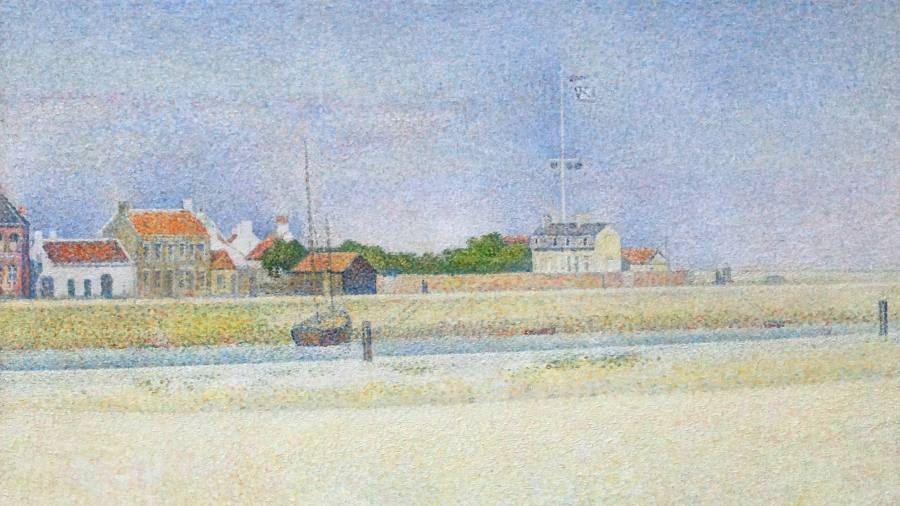To the After Impressionism show at the National Gallery. There is a Georges Seurat landscape so hazy that I can’t tell if I am looking at sand or wheat. There is a Picasso portrait so fractured in perspective that three-quarters of the sitter is lost. As for the customary “Mont Sainte-Victoire”, Cézanne makes the kilometre-high rock look as though it might blow away in the next breeze. Nothing is certain here. Nothing is fixed.
And that, around the turn of the 20th century, is what so upset audiences. It seems there is a psychic need for structure and order in a meaningless world. Not all of us feel it (more on that later). But those who do can feel it to the nth degree.
This is the real root of evil, isn’t it? Greed, yes, but for clarity, not for cash. It drives people to embrace political dogma rather than live with ambiguity. We are at the beginning of the end of one such phenomenon. I think the cultural left peaked in 2020. Listen to the derisive connotation of the word “woke” now. Look at newspapers, once all-in on this stuff, edge back a bit. But don’t cheer. Because it will be something else next. What “activists” of the left were looking for wasn’t that dogma, but a dogma: a system of thought that clarifies the farrago of real life into categories (“patriarchy”) and rules (“do better”). Exactly which system meets that demand at a given time is a matter of chance and fashion.
Put it this way. Had Lenin been disabused of his revolutionary socialism, he would have become an Austrian School free-market crank or a clerical bully or even a diehard Czarist. There is no scenario in which someone of such rigid cast of mind — such dread of jumbled reality — ends up in the middle of the road. A somewhat less world-historical example is Maajid Nawaz, the reformed religious radical who, after a stint as a Liberal Democrat, ended up on the conspiracist end of the Covid debate. All that hunger for structure had to go somewhere.
After Impressionism covers 1880 to the Great War. In that era, or thereabouts, Marxists and Freudians tried to bring the exactitude of Newtonian physics to the clutter of human affairs. Historical laws were “discovered”. Human behaviour was taxonomised. One of these dogmas would go on to sweep about a third of the world. The other, in the form of psychobabble, still has a grip on educated urbanites in the west. It is there when someone tells you their Myers-Briggs type. It is there when behaviours too banal to need labelling are called “gaslighting”. This isn’t just upper middle class boredom at work. It is a deeper-seated urge to impose order on a world that has disturbingly little.
In the end, then, the Impressionists and Post-Impressionists lost. Yes, art was changed forever. But the world outside art remained the same in its desperation for certainties: for clean lines of thought, if not of paint. What happened to European politics in the first half of the 20th century is the deadliest example. Others are just frivolous. It is impossible to be single without noticing the awesome persistence of astrology among otherwise rational adults.
If I see this craving for certainty everywhere, it is because I am so much the other way. My three favourite cities in the world — London, Los Angeles, Bangkok — are defined by a lack of definition. There is no master plan, no architectural coherence, no telling from the look and atmosphere of one street what to brace for in the next. Next to me as I write this is a bottle from Burgundy, my favourite wine region not because it is the “best” but because it is so internally varied.
As for politics, I had voted for Britain’s three main parties by my mid-twenties. I still don’t know which way I’ll go next time. No doubt, this is all proof of a timorous, milk-and-water character. But ambiguity is its own kind of radicalism. It goes against the human need for structure. And the inverse is also true. Radicals aren’t all that radical. What I see in the many I have known over the years is fear: of life, of the messiness of their own species.
Email Janan at janan.ganesh@ft.com
Read the full article here




